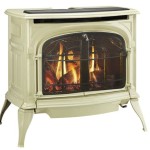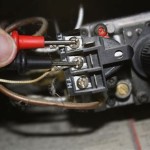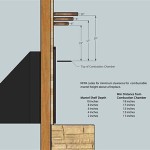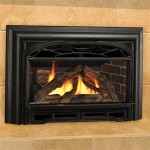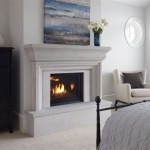Victorian Gas Fireplaces: A Blend of History and Modern Comfort
Victorian architecture, with its ornate details and emphasis on grandeur, is a defining feature of the 19th century. This aesthetic extends to interior design, where Victorian gas fireplaces became a symbol of sophistication and warmth. While the gas flames themselves might be a modern innovation, the design principles and artistry of these fireplaces reflect the grandeur and craftsmanship of the Victorian era. This article will explore the unique characteristics of Victorian gas fireplaces, delve into their history, and discuss the elements that contribute to their enduring appeal.
The Heritage of Victorian Fireplaces
Before the advent of gas and electricity, fireplaces powered by wood or coal were the primary source of heat and light in homes. The Victorian era ushered in a new era of technological advancement, with gas lighting gaining popularity. This transition also led to the development of gas fireplaces, which offered a cleaner and more convenient alternative to traditional wood-burning fireplaces.
Victorian gas fireplaces were often designed to blend seamlessly with the existing architectural elements of homes. Elaborate mantelpieces crafted from marble, wood, or ornate metalwork became central features in living rooms and parlors. These mantels served not only as a frame for the fireplace but also as a display space for decorative objects, photographs, and cherished items.
Design Elements of Victorian Gas Fireplaces
Victorian gas fireplaces are distinguished by their intricate designs, often featuring a blend of classical and Gothic influences. Key elements of their design include:
- Ornate Mantels: Victorian fireplaces often boast highly decorated mantels, featuring carvings, moldings, and intricate details. These mantels could be made from various materials, including marble, wood, and cast iron.
- Firebox and Surround: The firebox, where the gas flames are housed, is typically constructed from materials like cast iron or brick. The surround, which frames the firebox, could be made from marble, stone, or wood, often featuring intricate carvings and designs.
- Tilework: Tiles were frequently used to decorate the surround of Victorian gas fireplaces. These tiles could incorporate floral motifs, geometric patterns, or even scenes from nature.
- Grate and Flue: The grate is a metal structure that supports the gas burner and directs the flames. The flue system, which carries away combustion gases, is designed to ensure safe and efficient operation.
The Enduring Appeal of Victorian Gas Fireplaces
Despite their historical origins, Victorian gas fireplaces remain popular in modern homes due to their unique charm and practical advantages.
Aesthetic Charm: The intricate details and craftsmanship of Victorian gas fireplaces add a touch of history and elegance to any room. The fireplaces themselves become focal points, drawing the eye and enhancing the overall ambiance.
Practical Considerations: Gas fireplaces offer several practical benefits over their wood-burning counterparts. They are relatively easy to maintain, require less cleaning, and provide a consistent source of heat with an efficient gas burner.
Customization: While classic Victorian gas fireplaces are highly sought after, modern manufacturers offer a wide range of styles and designs that can be customized to suit individual preferences and architectural styles.
For those seeking to add a touch of Victorian charm and sophistication to their homes, gas fireplaces offer a unique blend of history, design, and modern functionality.

Victorian Fireplace Gas After Viktorianisch Wohnbereich Minneapolis Von Woodland Stoves And Fireplaces Houzz

Gas Fireplaces Victorian Fireplace

Gaskamin Flat Victorian Classic 58 Acquisitions Fireplaces Traditionell Offene Feuerstelle Einbau

Gas Fires For Victorian Fireplaces Fireplace Wood Burning Inserts Design

Belmont Small Gas Insert

Belmont Small Gas Fireplace

Windsor Small Victorian Style Gas Insert

Enviro S Gas Q1 Insert

Gas And Electric Fire Options Stovax Gazco

Victorian Fireplaces Embers Installations Ltd
Related Posts


